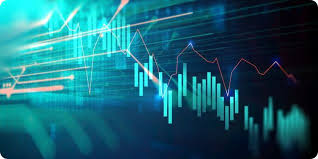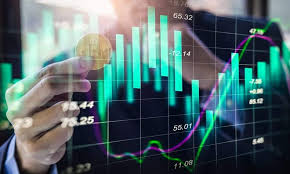
The world of cryptocurrency has rapidly evolved, and with it, the mechanisms behind trading assets in this volatile market have also become increasingly complex. One of the key components that traders rely on is crypto trading systems. These systems incorporate various strategies, tools, and technologies to optimize trading performance and manage risks effectively. For additional resources and insights, visit this Crypto Trading Systems http://www.recursosanimador.com/scripts/librovisitas2.php?pagina=10097.
Crypto trading systems can be defined as software applications or algorithms that facilitate the buying and selling of cryptocurrencies. They utilize different trading strategies such as day trading, swing trading, or long-term investing, depending on the user’s goals. These systems may be manual, allowing traders to execute trades themselves, or automated, where algorithms make trading decisions based on pre-set parameters.
One prominent feature of most crypto trading systems is the reliance on technical analysis. Technical analysis involves the examination of price charts and various indicators to forecast future price movements. Tools like moving averages, Relative Strength Index (RSI), and Bollinger Bands provide traders with insights into market trends, helping them make informed trading decisions.
Algorithmic trading has revolutionized the way crypto trading systems operate. By using complex mathematical models and formulas, algorithmic trading systems can execute trades at speeds unreachable by human traders. This type of trading allows for precise market entry and exit points, minimizing losses and enhancing profitability.
There are various types of crypto trading systems available to traders, each catering to different preferences and strategies. Here are some of the most popular:

For a trading system to be effective, it should encompass several crucial features:
While crypto trading systems can offer numerous advantages, they also come with their own set of challenges and risks. Market volatility can lead to sudden price changes, often making it difficult for automated systems to react appropriately. Additionally, traders must be cautious of the risks posed by exchange outages, hacking incidents, and regulatory changes that could impact their trading activities.
As the cryptocurrency market matures, we can expect to see further innovation in trading systems. Machine learning and artificial intelligence are already beginning to make their mark, with predictive algorithms that analyze vast amounts of data to identify future market trends. Furthermore, decentralized finance (DeFi) is changing the landscape by providing innovative trading solutions outside traditional exchanges, presenting exciting opportunities for traders.
In conclusion, crypto trading systems play a pivotal role in the modern trading landscape, providing tools and strategies that can enhance trading performance and mitigate risks. As technology continues to evolve and the cryptocurrency market expands, traders must remain adaptable and informed to leverage the opportunities presented by these systems effectively. Whether you choose to adopt a manual approach or an automated system, understanding the components of trading systems is crucial to navigating this dynamic and fast-paced market successfully.